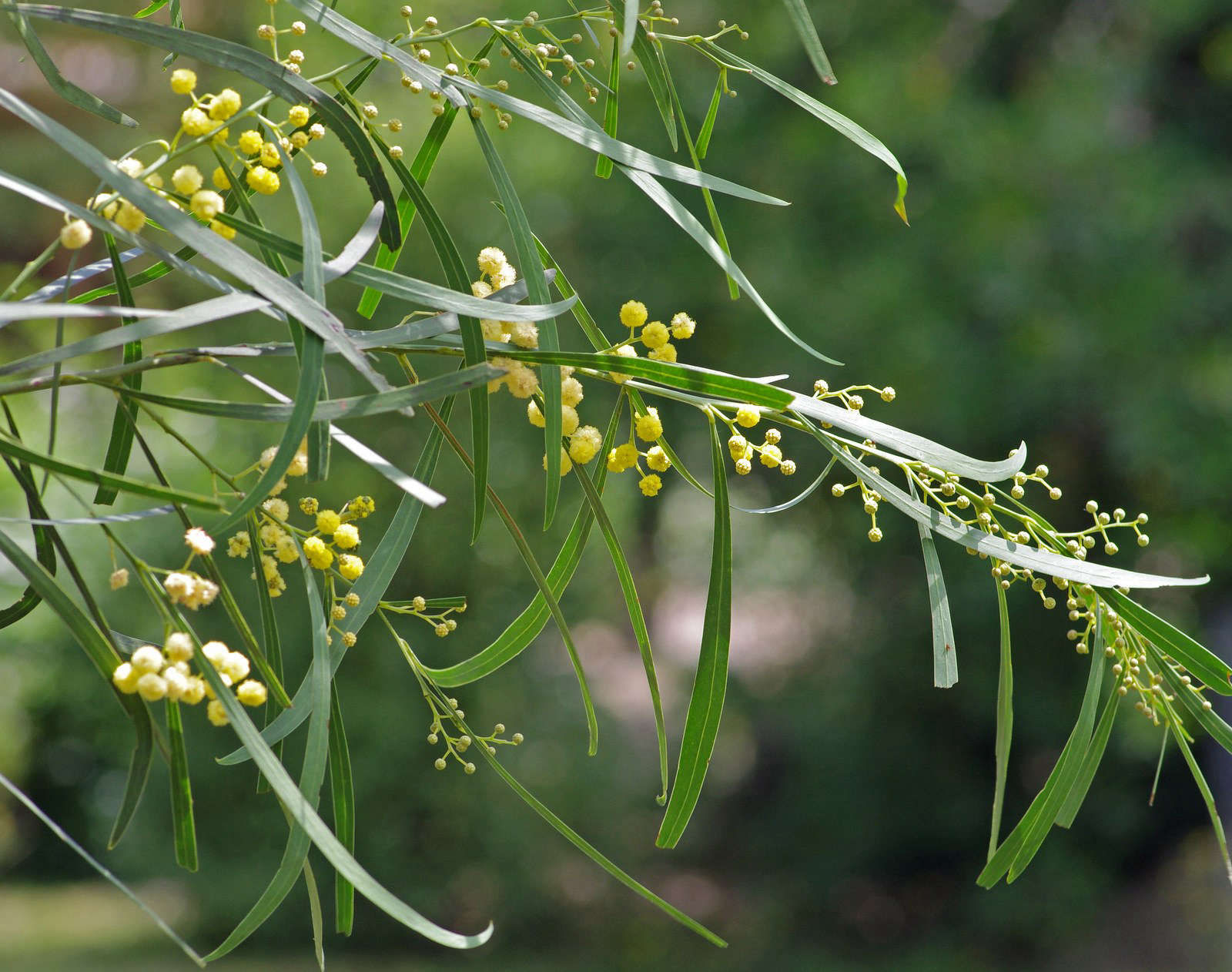
Acacias, Acacia: “Wattles”
As garden plants go, acacias are certainly not without their faults. However, like some sort of botanical femme fatale, acacia seduces the unwary plant lover by adorning herself with truly spectacular displays of gorgeous and often highly perfumed flowers.
Acacia aculeatissima, also known as thin-leaf wattle, is a low-growing shrub, shown flowering in early October in Australia. I still remember the showstopper I saw one day in front of a hideous bunker-like medical clinic in a desolate part of Texas just north of Big Bend National Park.
Photograph by DavidFrancis34 via Flickr.
graveolens, known as a varnish wattle, has pale powder-puff flowers. Hundreds of varieties of both deciduous and evergreen trees, shrubs, and ground covers ensure that you should be able to find one that will work in any mild-weather landscape.
Photograph by DavidFrancis34 via Flickr.
Native to Australia and Tasmania, Acacia verticillata is a low-growing shrub that blooms in springtime in its native regions.
Photograph by DavidFrancis34 via Flickr.
Cheat Sheet
Acacia paradoxa.
Photograph by DavidFrancis34 via Flickr.
Keep It Alive
One thing to keep in mind when choosing an acacia is that confusion currently reigns over how these plants are classified. In 2011 some acacias, mainly the Australian natives, were separated and allowed to keep the official Acacia genus classification.
Photograph by Chelsea Fuss.
Despite its common name, sweet acacia (Vachellia farnesiana) is no longer officially an acacia.
Photograph by Forest and Kim Starr via Flickr.
Photograph by Chelsea Fuss.
To make an easy floral arrangement with acacia, watch for our upcoming Rethinking Flowers post tomorrow. Espinillo (Acacia caven) is a small tree or shrub that can tolerate freezing temperatures as low as 10 degrees Fahrenheit.
Acacia provincialis is a shrub or small tree and flowers in spring. Fine furniture and even boomerangs are made from acacia wood. If you garden in a warm climate, see design inspiration and growing tips.
Photograph by DavidFrancis34 via Flickr.